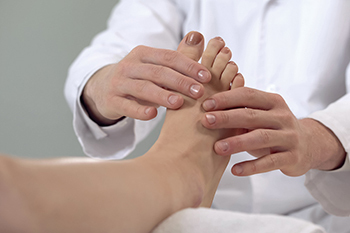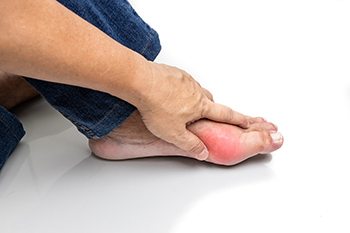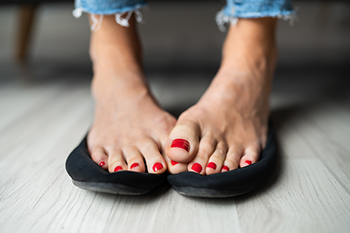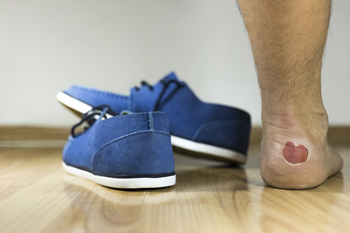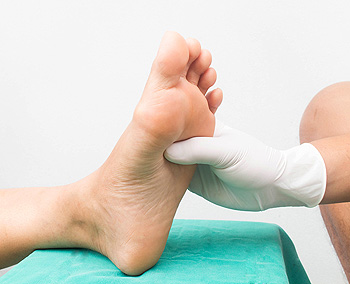
There are various professions that require standing for the majority of the day. These include retail workers, medical field personnel, and restaurant employees. Research has indicated that many people who endure standing have chronic foot pain. The feet carry the weight of the body, and it is not surprising that foot pain exists. A common foot condition that can be caused by standing all day is plantar fasciitis. This affects the heel and the arch of the foot, and it can cause difficulty in walking. This condition often requires attention sooner than later, relief may be relieved by wearing custom-made orthotics. The feet distribute the weight of the body unequally, as most people alternate their weight between their feet. This can cause overall muscle fatigue, and general discomfort. Additionally, this can negatively affect an employee's performance, as the days are spent in pain. It is beneficial to stand on a stress mat that may help to balance the body’s weight, in addition to wearing comfortable shoes. If you have questions about how to protect your feet while standing all day, please consult with a podiatrist who can address any concerns you may have.
While working on the feet, it is important to take the proper care of them. For more information about working on your feet, contact one of our podiatrists from Westside Podiatry Center, LLP. Our doctors will treat your foot and ankle needs.
Working on Your Feet
Standing on your feet for long periods of time can cause stress and pain in your feet. Your whole body may experience change in terms of posture, back pain, bunions, callouses and or plantar warts. There are ways to avoid these conditions with proper foot care, smart choices and correct posture.
Positive Changes
Negative heeled shoe – Choosing this shoe type places the heel slightly lower than the ball of the foot. These are great for overall foot health. Find shoes that fit you correctly.
Go barefoot – Our feet were not designed to be enclosed for all hours of the day. Try to periodically expose your feet to air.
Eliminate Pain
Foot Exercises – Performing simple exercises, incorporating yoga and doing stretches are beneficial. This will allow increased blood flow to the area and muscles of the foot.
Achilles tendon – Stretching the foot out flat on the floor will relax the calf muscles and tendon. These exercises can be performed almost anywhere. Make sure you add these exercises to your daily regimen.
With a little bit of this information and knowing more about foot health, you will notice changes. Foot stretches and proper footwear will help with pain and prevent further issues.
If you have any questions please feel free to contact one of our offices located in Liverpool, Camillus, Skaneateles, Oswego, and Cicero, NY . We offer the newest diagnostic and treatment technologies for all your foot and ankle needs.
